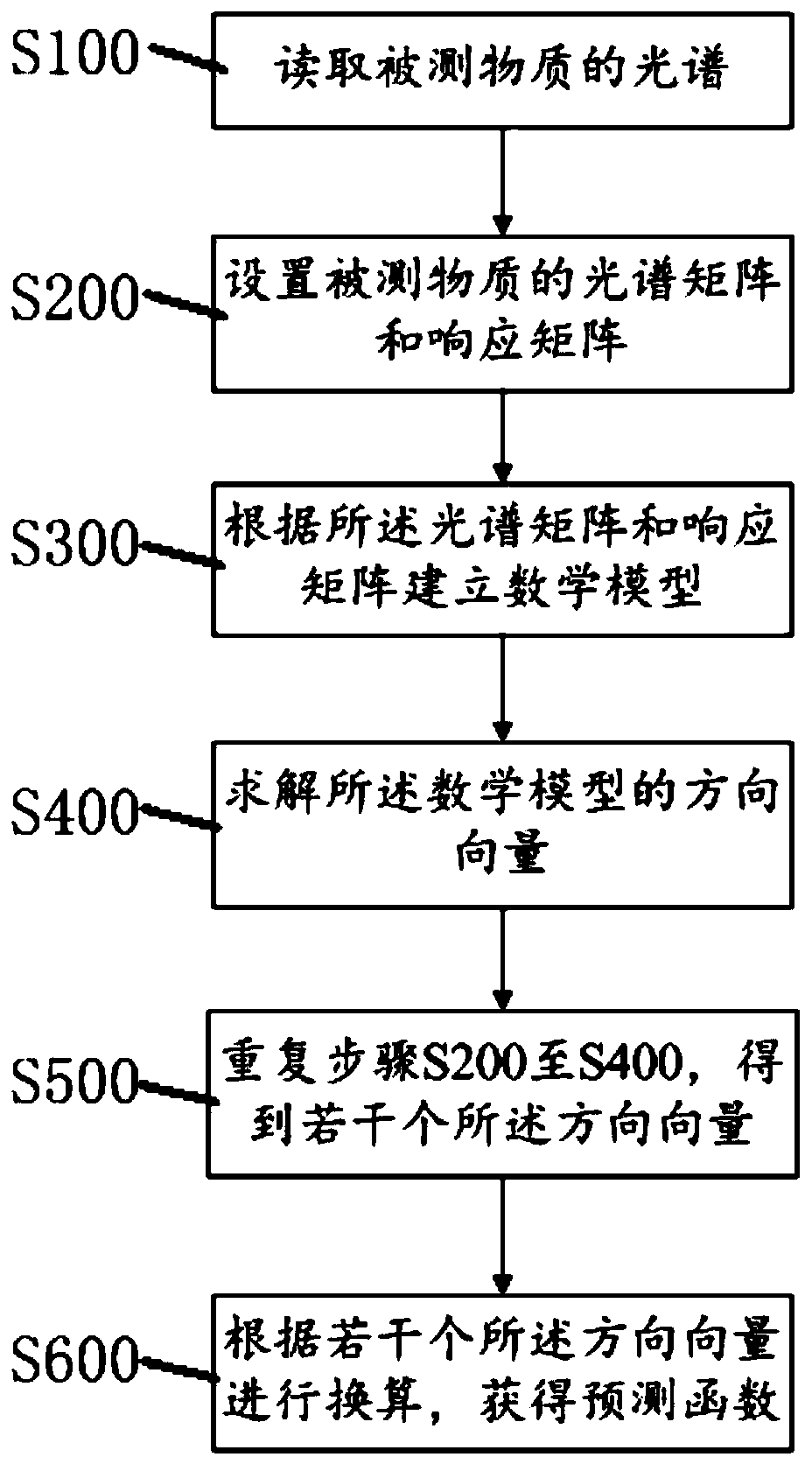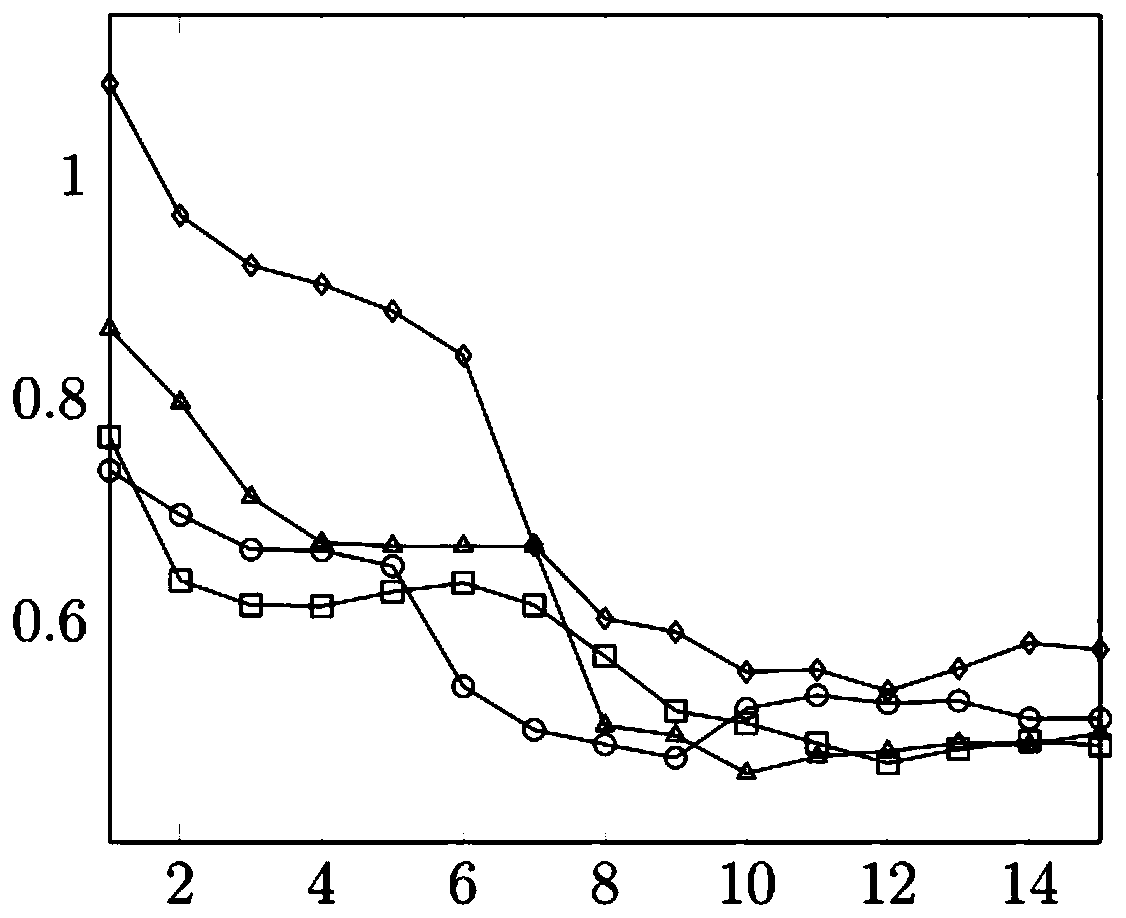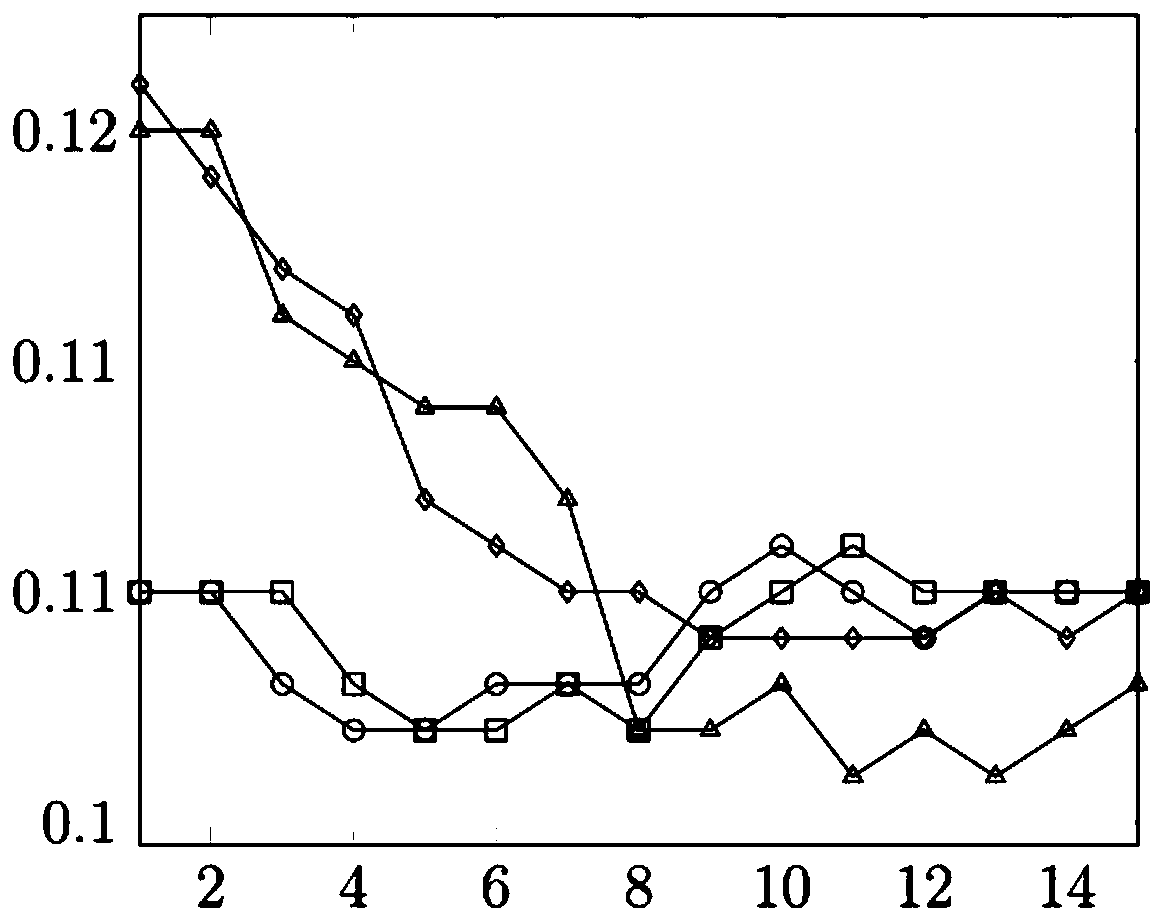A method for quantitative analysis of substance content
A quantitative analysis and material content technology, applied in color/spectral characteristic measurement, complex mathematical operations, etc., can solve problems such as slow learning speed, large quantitative analysis error, and large load, and achieve high-precision results
- Summary
- Abstract
- Description
- Claims
- Application Information
AI Technical Summary
Problems solved by technology
Method used
Image
Examples
no. 1 example
[0064] Such as figure 1 As shown in the flow diagram of the first embodiment:
[0065] A method for quantitative analysis of substance content, comprising the following steps:
[0066] S100: reading the spectrum of the measured substance;
[0067] S200: setting the spectrum matrix and response matrix of the measured substance;
[0068] S300: Establish a mathematical model according to the spectral matrix and the response matrix;
[0069] S400: Solve the direction vector of the mathematical model;
[0070] S500: Repeat steps S200 to S400 to obtain several direction vectors
[0071] S600: Perform conversion according to several direction vectors to obtain a prediction function.
[0072] Preferably, in the method for quantitative analysis of substance content, the instrument for quantitative analysis of substance content is a spectrometer, gas chromatography-mass spectrometer, liquid chromatography-mass spectrometer or nuclear magnetic resonance spectrometer.
[0073] Prefe...
no. 3 example
[0127] Based on the above analysis method, the results of the second specific experimental analysis and comparison are as follows:
[0128] 1. Spectral analysis of marzipan, the spectral data set consists of 32 data, and the analysis indicators are moisture and sugar. Randomly select 60% of the samples as training samples and the rest as testing samples. At the same time, random noise is added to the first five training samples, such as figure 2 It is a schematic diagram showing the water content analysis results of almond syrup in the third embodiment of the present invention.
[0129] The ordinate represents the error, and the abscissa represents the number of w. □ represents the partial least squares analysis error, △ represents the analysis error of the method of the present invention, ○ represents the partial least squares analysis error of orthogonal signal correction, and ◇ represents the principal component regression analysis error of 1 norm.
[0130] 2. Pork spec...
PUM
 Login to View More
Login to View More Abstract
Description
Claims
Application Information
 Login to View More
Login to View More - R&D
- Intellectual Property
- Life Sciences
- Materials
- Tech Scout
- Unparalleled Data Quality
- Higher Quality Content
- 60% Fewer Hallucinations
Browse by: Latest US Patents, China's latest patents, Technical Efficacy Thesaurus, Application Domain, Technology Topic, Popular Technical Reports.
© 2025 PatSnap. All rights reserved.Legal|Privacy policy|Modern Slavery Act Transparency Statement|Sitemap|About US| Contact US: help@patsnap.com



